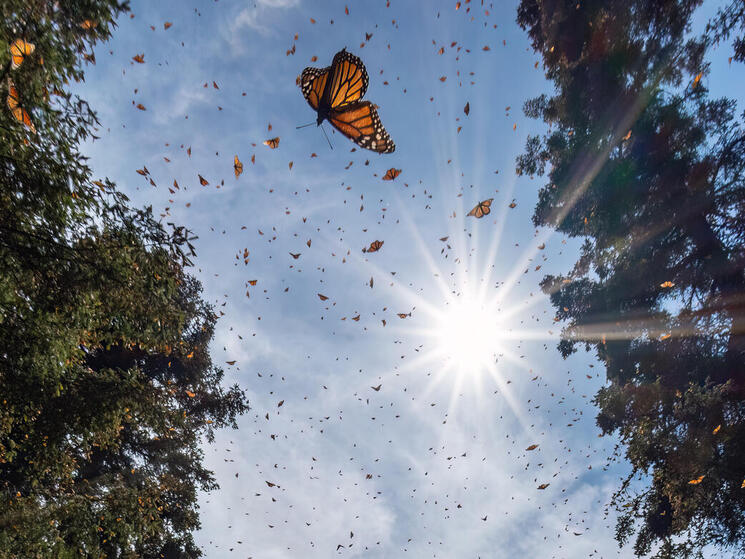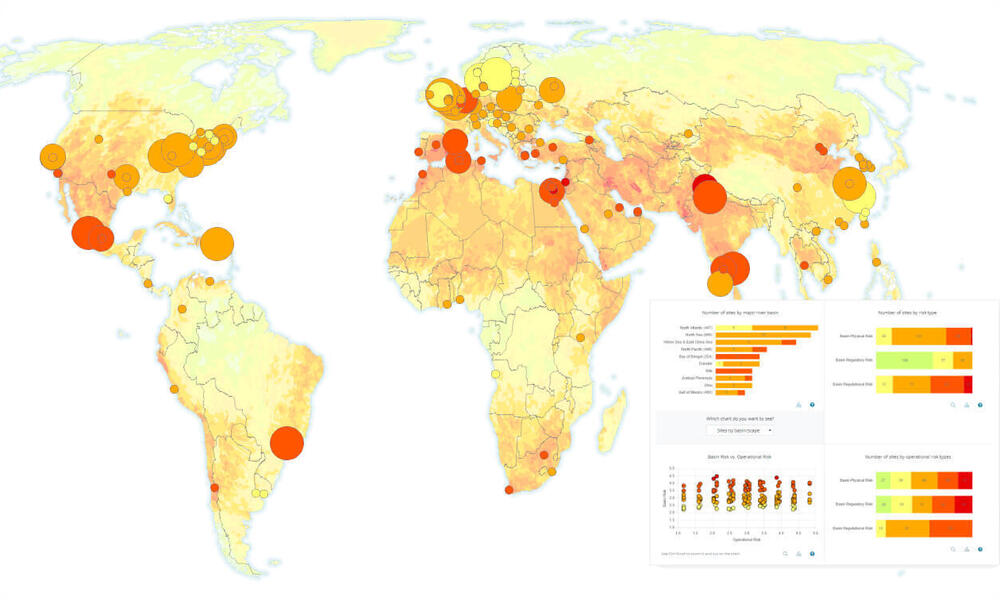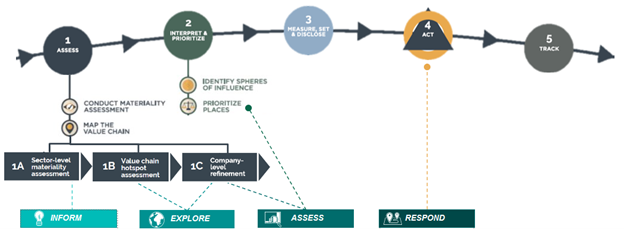
Set your Nature Stewardship into motion with the WWF Risk Filter Suite
- Date: 16 June 2023
- Author: Amelia Meyer, Senior Program Officer, Nature Metrics, WWF
This past winter, 196 countries signed the Kunming-Montreal Global Biodiversity Framework to take urgent action to halt and reverse biodiversity loss by 2030 and to protect 30% of land and sea area by 2030. All actors will need to do their part to realize these global targets. A new “Nature” paper by Rockström et al. provides scientific evidence that “Seven of eight globally quantified safe and just (Earth system boundaries) and at least two regional safe and just (Earth system boundaries) in over half of global land area are already exceeded.”
The private sector has a critical role in contributing to a safe and just future that is nature positive. To do so, companies must recognize their location-specific, material impacts on nature and how they depend on it. Understanding the environmental impacts and considering trade-offs at the local and global levels are critical to achieving any sort of nature-related goal. This is a daunting task when you consider the tangled web of global supply chains. But for the sake of your business and all life on this planet, it’s worth doing. And there is help.
The WWF-Risk Filter Suite (WWF-RFS) and Science Based Targets Network (SBTN) provide the tools and guidance necessary for companies to start taking concrete action toward developing nature goals. When businesses integrate nature into their bottom line, the hope is it will help shift the global economy to be in better balance with nature, all while addressing key risks to companies and their supply chains.
SBTN recently launched its first version of science-based targets for nature. This guidance allows companies to assess their materiality, prioritize action, and set measurable and time-bound targets for freshwater and land, with additional components to come later. The promise of science-based targets for nature can serve as a compass to guide the corporate action we all need to see to safeguard the future for people and nature.
A prolific tool for science-based targets for nature, the WWF-RFS is a free, web-based, and spatially explicit corporate- and portfolio-level screening and prioritization platform. It contains the Water Risk Filter and Biodiversity Risk Filter, which help companies and financial institutions understand and address nature-related risks. The WWF-RFS has three modules ready for use: Inform, Explore and Assess. The first two provide sector-specific risk information and geospatial data (in simple terms: maps) for physical, regulatory and reputational risk. The latter allows the user to enter site-specific information (i.e., location and sector) to assess biodiversity- and freshwater-related risks globally.

The WWF-Risk Filter Suite provides biodiversity and water risk assessment results through maps and graphics, as illustrated in this example.
The WWF-RFS is a helpful tool for companies involved in SBTN target setting. The first two activities for companies engaged in SBTN are to assess and prioritize their impacts on nature. The WWF-RFS helps companies do this by uploading location-specific data for their direct operations and supply chains. It then analyzes the information using 40-plus global datasets on the state of biodiversity and 32 global datasets on the state of freshwater.
The types of indicators covered in the assessment include:
- Local governance – Are there labor rights violations? Is there regulatory scrutiny on local water pollutants?
- Extreme weather events – Has the region experienced or is it likely to experience tropical cyclones, landslides, heat waves, or other natural disasters?
- Water scarcity – Is water already overallocated in this region? Are there adequate groundwater reserves?
Rather than a user having to sift through all of these factors, the WWF-RFS can analyze these variables and provide a detailed assessment of locations with the highest nature risk. This analysis complements the SBTN tools to give users a more comprehensive outlook of biodiversity and freshwater risks. For example, the WWF-RFS addresses factors like labor and human rights, media scrutiny, or herbicide resistance.
The risk assessment results can help businesses set target boundaries and prioritize places and activities throughout their value chain. For example, a mining company sourcing gold from Suriname might need to prioritize freshwater scarcity, key biodiversity areas, and land-use change to meet its nature targets, while a textiles company sourcing cotton from Pakistan might need to prioritize freshwater quality, financial inequality, and ecosystem condition. In the future, WWF-RFS will develop a Respond module that could offer insight for companies seeking to make an impact through conservation efforts in line with Step 4 Act of the SBTN framework. These could include guidance for landscape restoration or freshwater replenishment projects.

This figure illustrates how the WWF-RFS layers (Inform, Explore, Assess) are listed as direct support in SBTN Step 1 Assess and Step 2 Prioritize to prepare companies for science-based target setting.
Whatever your specific use case, these resources provide the guidance to begin with confidence. Ready to set your nature stewardship into motion? Ready to inform your business strategies, target setting and investment decisions on nature? Explore the WWF-RFS today, utilize case studies, watch short WWF-RFS tutorials, and read our step-by-step guidance on SBTN and WWF-RFS alignment here.